Ceiling fans are an essential fixture in many homes, especially during the summer months. They help circulate air, providing a cooling effect while also offering an energy-efficient alternative to air conditioning. While ceiling fans are relatively simple devices, their prices can vary significantly, with some models costing just a fraction of others. This often raises the question: Are more expensive ceiling fans worth it? In this blog, we’ll explore the factors that contribute to the price of ceiling fans, what benefits you can expect from higher-end models, and whether or not the investment is truly worth it.
Factors that Determine the Price of Ceiling Fans
To answer the question of whether more expensive ceiling fans are worth it, it’s essential to understand the factors that contribute to the price of these units. Ceiling fans vary in price due to several reasons, which include the motor quality, design, materials, features, brand reputation, and energy efficiency.
1. Motor Quality
The motor is the heart of any ceiling fan. It drives the blades, allowing the fan to circulate air. More expensive ceiling fans often come with higher-quality motors that are designed to run more quietly, efficiently, and for longer periods without wear and tear. These motors tend to be more durable, and they produce less noise compared to cheaper models. Fans with high-quality motors also tend to have better warranties, which means you’ll likely get more years of use out of them before any maintenance or repairs are necessary.
On the other hand, cheaper ceiling fans may have less efficient motors, which can lead to more noise, vibration, and quicker wear over time. This means that while an initial cheaper investment may seem cost-effective, the long-term maintenance costs might be higher due to less durable components.
2. Design and Materials
One of the most noticeable differences between cheaper and more expensive ceiling fans is the design and materials used. Expensive ceiling fans typically feature more attractive, modern designs, and are made of premium materials like solid wood, high-quality metals, or even advanced composites that enhance both the aesthetics and durability of the fan.
In contrast, budget fans tend to use plastic or lower-grade materials, which may not have the same visual appeal or longevity. The aesthetic quality of the fan is an important factor for many homeowners, particularly those who prioritize interior design and wish to add an elegant or sophisticated touch to their living spaces. Therefore, if you’re looking for a ceiling fan that matches a particular décor or adds a level of sophistication to your room, spending more on a high-end model may be worth the investment.
3. Energy Efficiency
More expensive ceiling fans often come with features that make them more energy-efficient, which can save you money on electricity bills in the long run. Many premium fans use DC (Direct Current) motors, which are far more efficient than the AC (Alternating Current) motors found in lower-cost models. DC motors use less electricity and are quieter, making them a better option for households that use ceiling fans frequently.
Energy-efficient fans also have features such as multiple speed settings, remote controls, and reversible motor functions, which allow you to use the fan more effectively and in a way that suits your needs, whether it’s to cool your room in the summer or circulate warm air in the winter.

4. Additional Features and Technology
Higher-end ceiling fans often come with a host of advanced features that enhance both comfort and convenience. These features can include:
- Smart Home Integration: Many expensive ceiling fans are compatible with smart home systems like Amazon Alexa or Google Assistant, allowing you to control your fan remotely via voice commands or apps on your smartphone.
- Remote Control and Wall Control: Premium models often come with a remote control or a wall-mounted control unit, enabling you to easily adjust the fan’s speed, direction, and settings without getting up from your seat.
- LED Lighting: Expensive fans often include built-in LED lights that are both energy-efficient and functional. Some models allow you to adjust the lighting’s brightness or color temperature to create the perfect ambiance for any room.
- Noise Reduction Technology: High-end ceiling fans often come with noise-dampening technologies that make them whisper-quiet during operation, a significant advantage in bedrooms, offices, or other quiet spaces.
Cheaper models may have fewer features or may offer only basic functionality, limiting their usefulness in certain situations. For example, many budget fans do not come with integrated lighting, remote control functionality, or smart home compatibility, making them less versatile.
5. Brand Reputation and Warranty
When purchasing a ceiling fan, the reputation of the brand matters. Expensive ceiling fans often come from established brands with a history of producing quality products. These brands are more likely to offer extended warranties and customer service, ensuring that you have access to support in case of any issues.
Cheaper brands may not offer the same level of warranty coverage or after-sales support. This can be a significant consideration if you want peace of mind, knowing that the manufacturer stands behind the product.
Benefits of More Expensive Ceiling Fans
Now that we’ve outlined the factors that contribute to the cost of ceiling fans, let’s explore the specific benefits of purchasing a higher-end model.
1. Quieter Operation
Expensive ceiling fans tend to operate much more quietly than their budget counterparts. Whether you’re trying to sleep, read, or work, a quiet fan can make all the difference. High-quality motors, noise-dampening features, and better blade designs all contribute to reduced noise levels, creating a peaceful and comfortable environment in your home.
2. Longer Lifespan
With higher-quality components, including motors and materials, premium ceiling fans tend to last longer than budget fans. A high-end ceiling fan can easily last for 10 years or more with proper care and maintenance, whereas cheaper models may require repairs or replacement much sooner. This can make a significant difference in your long-term investment.
3. Better Air Circulation and Comfort
More expensive fans typically offer better airflow performance due to their superior motors and blade designs. These fans are more effective at circulating air, providing greater comfort in your living spaces. Many high-end models offer customizable settings, allowing you to adjust the fan’s speed and direction to optimize air circulation according to the season or time of day.
4. Energy Savings
With advanced motors and energy-efficient features, more expensive ceiling fans use less electricity while providing the same or better cooling performance. Over time, this energy efficiency can translate into significant savings on your electricity bills, particularly if you rely on ceiling fans to cool your home instead of air conditioning.
5. Enhanced Aesthetics
The design of a ceiling fan is an important consideration in many homes. A well-designed, stylish fan can complement your home’s décor and add a touch of elegance to your living space. More expensive models often feature sleek, modern designs, premium finishes, and a variety of color options, giving you more choices to match your style preferences.

Is It Worth It?
So, are more expensive ceiling fans worth it? It depends on your needs and priorities. If you value quiet operation, energy efficiency, extended warranties, and high-quality design, investing in a premium ceiling fan is likely to be worth it. You’ll enjoy better performance, greater comfort, and a longer-lasting product, which will save you money in the long run.
On the other hand, if you’re on a tight budget and just need a basic fan to circulate air, a more affordable option might suffice. However, keep in mind that cheaper fans may require more frequent repairs or replacements, and you may not have access to the advanced features that premium fans offer.
In conclusion, while more expensive ceiling fans come with a higher initial cost, the benefits they provide—such as quieter operation, longer lifespan, energy efficiency, and enhanced comfort—often make them a worthwhile investment for homeowners looking for a higher level of performance and convenience.

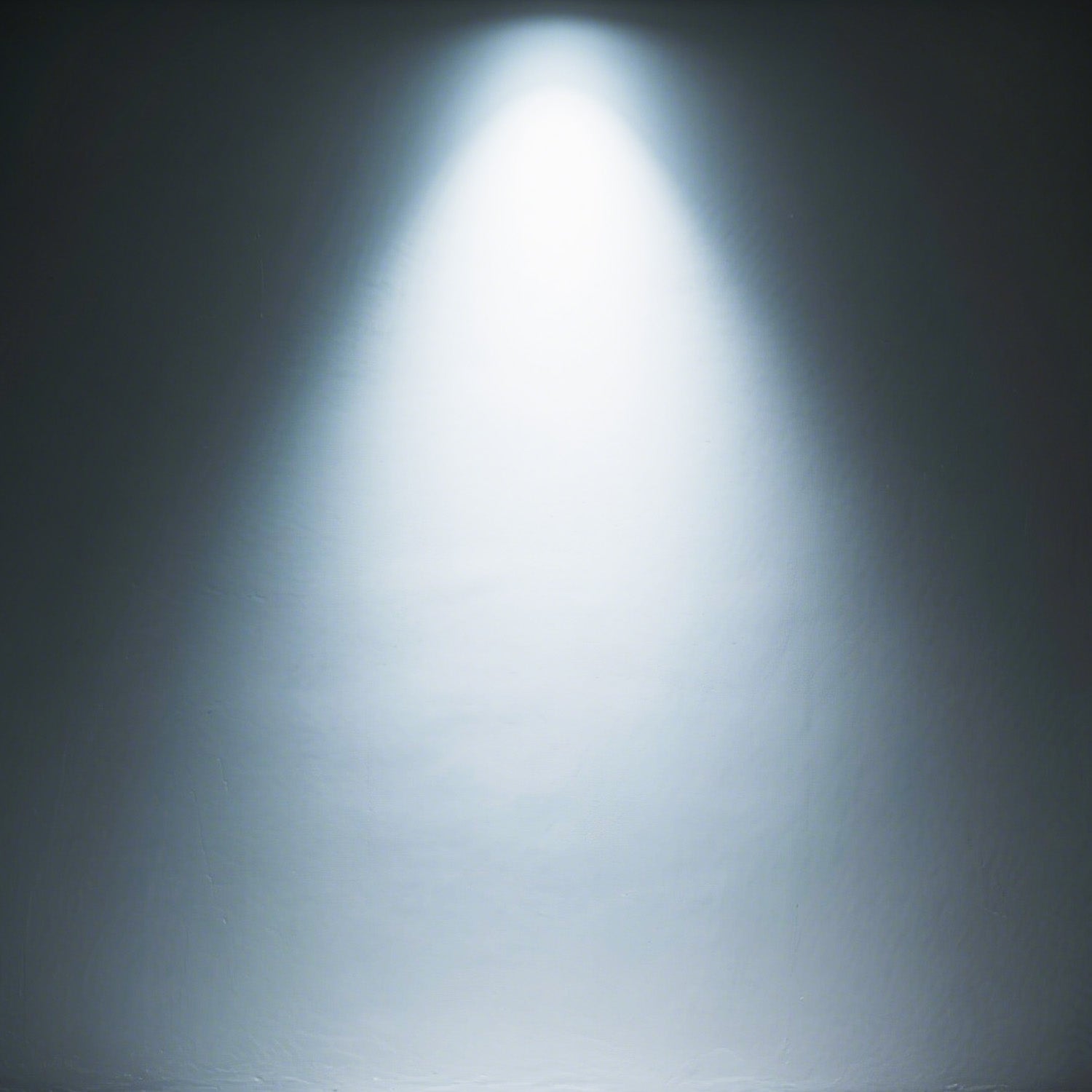
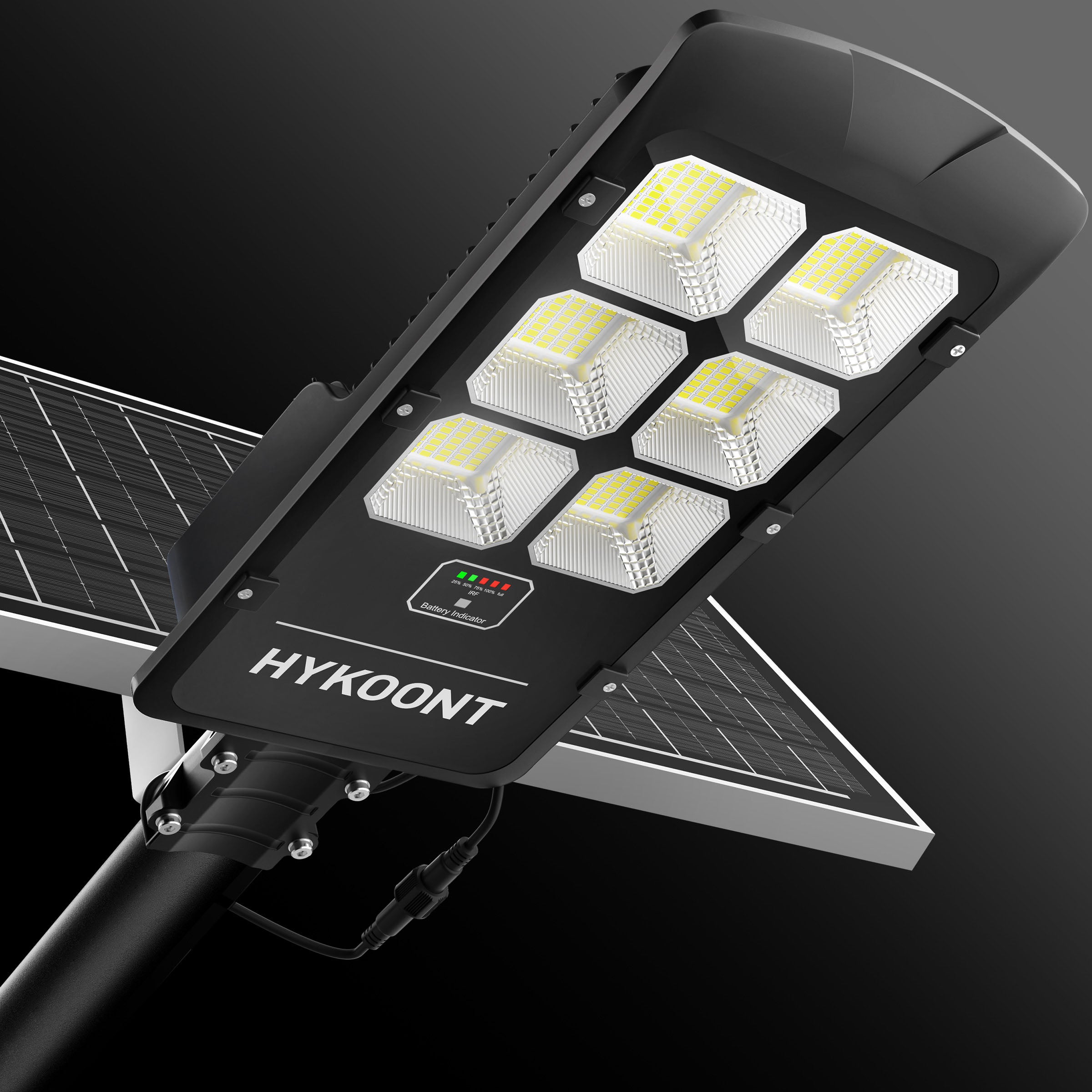
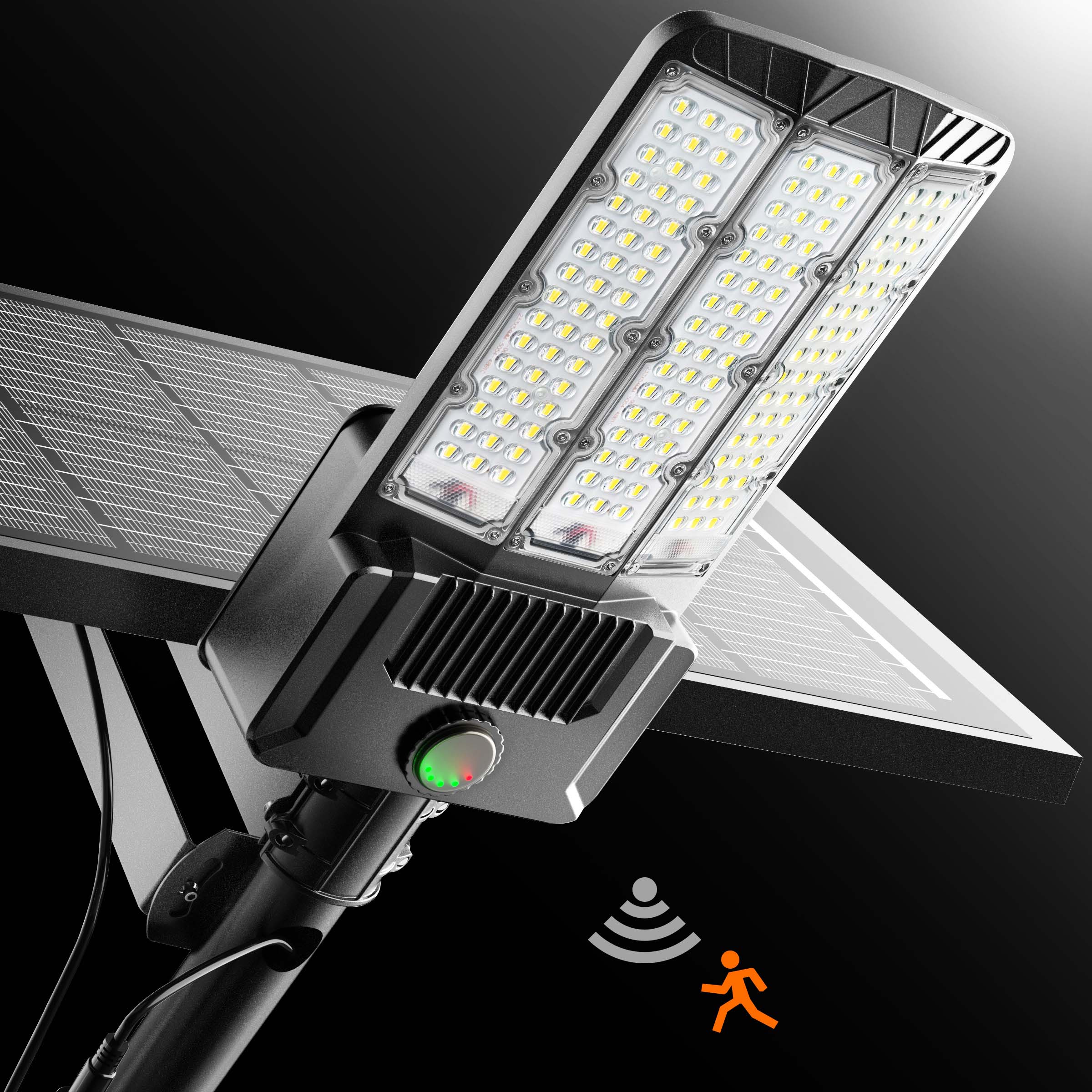
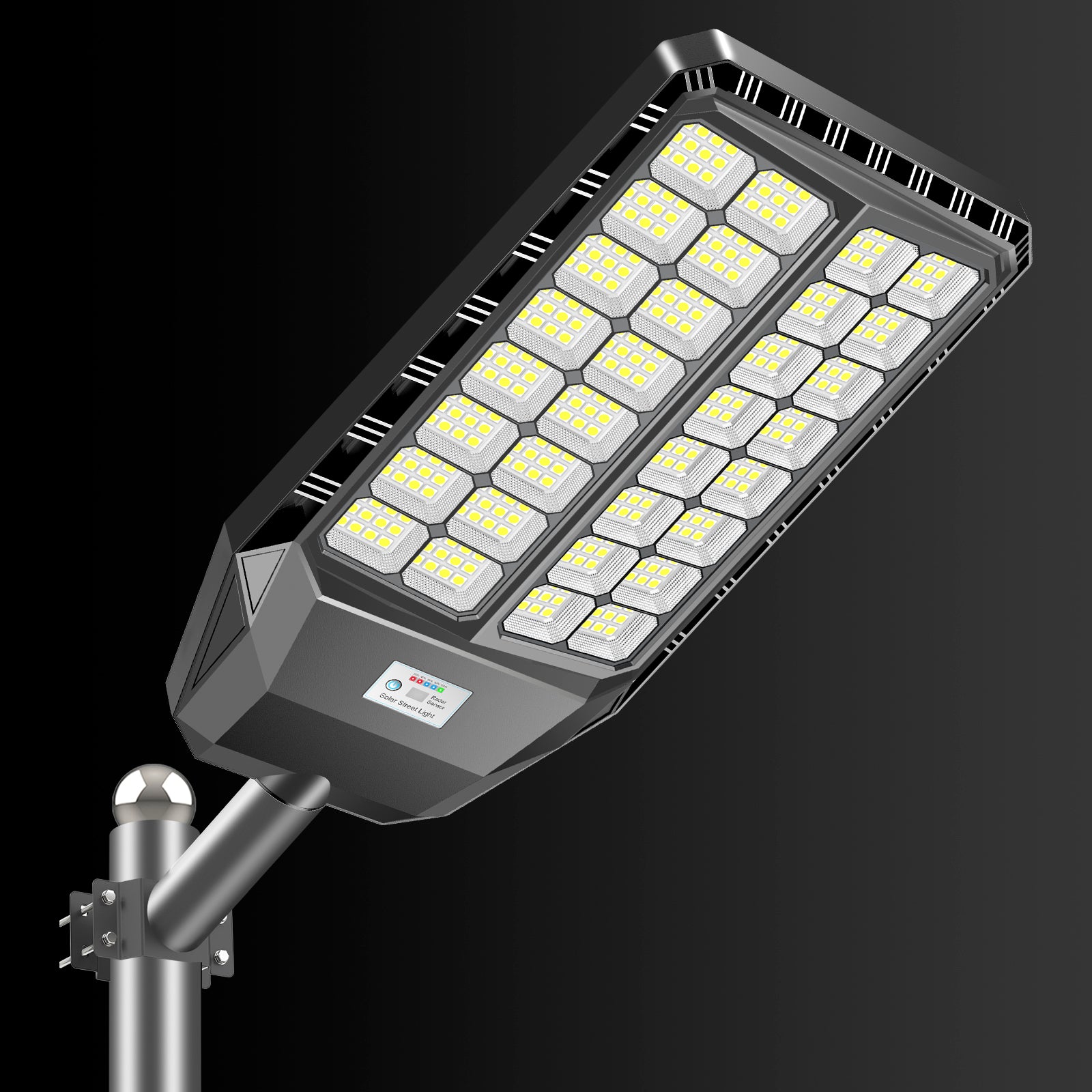
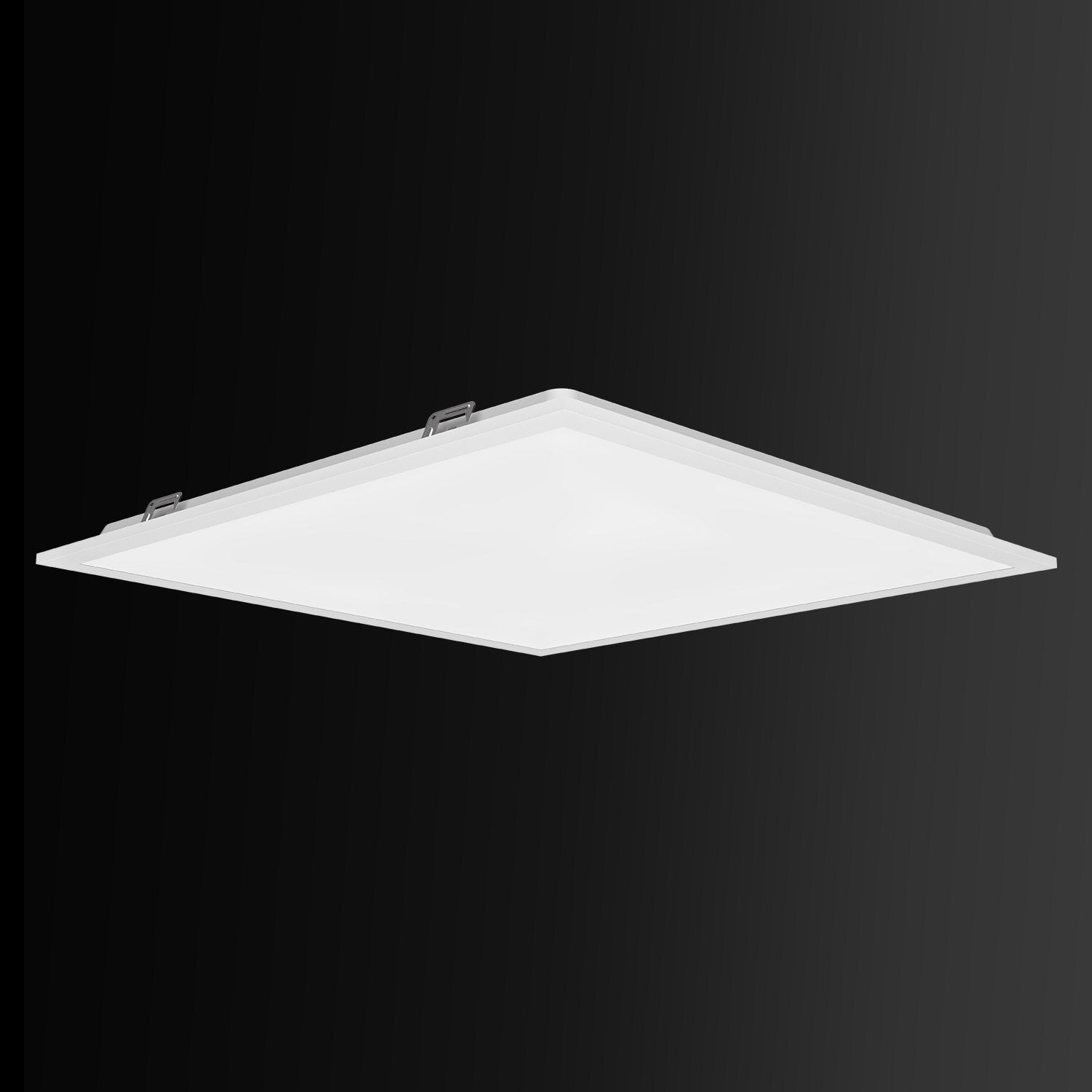
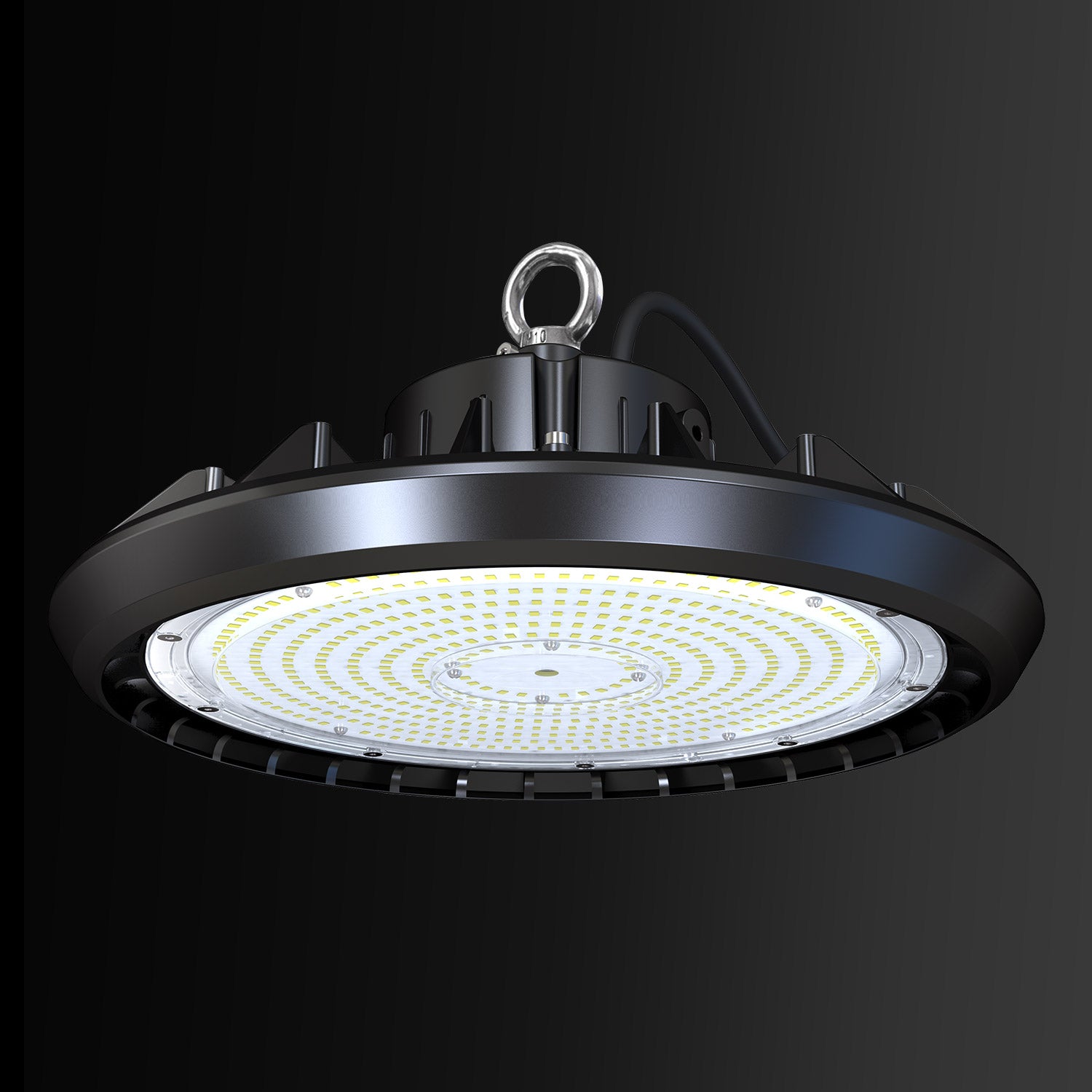
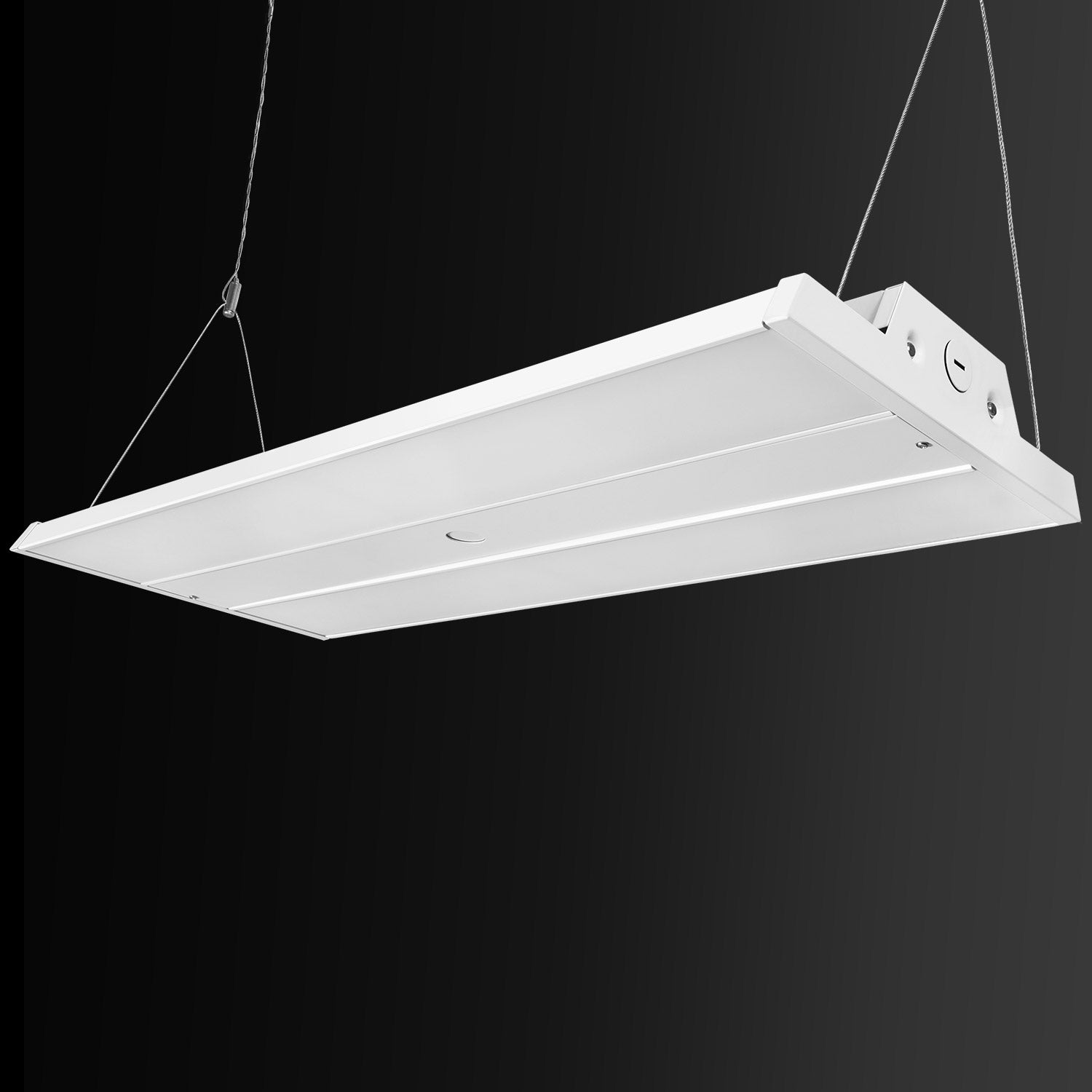
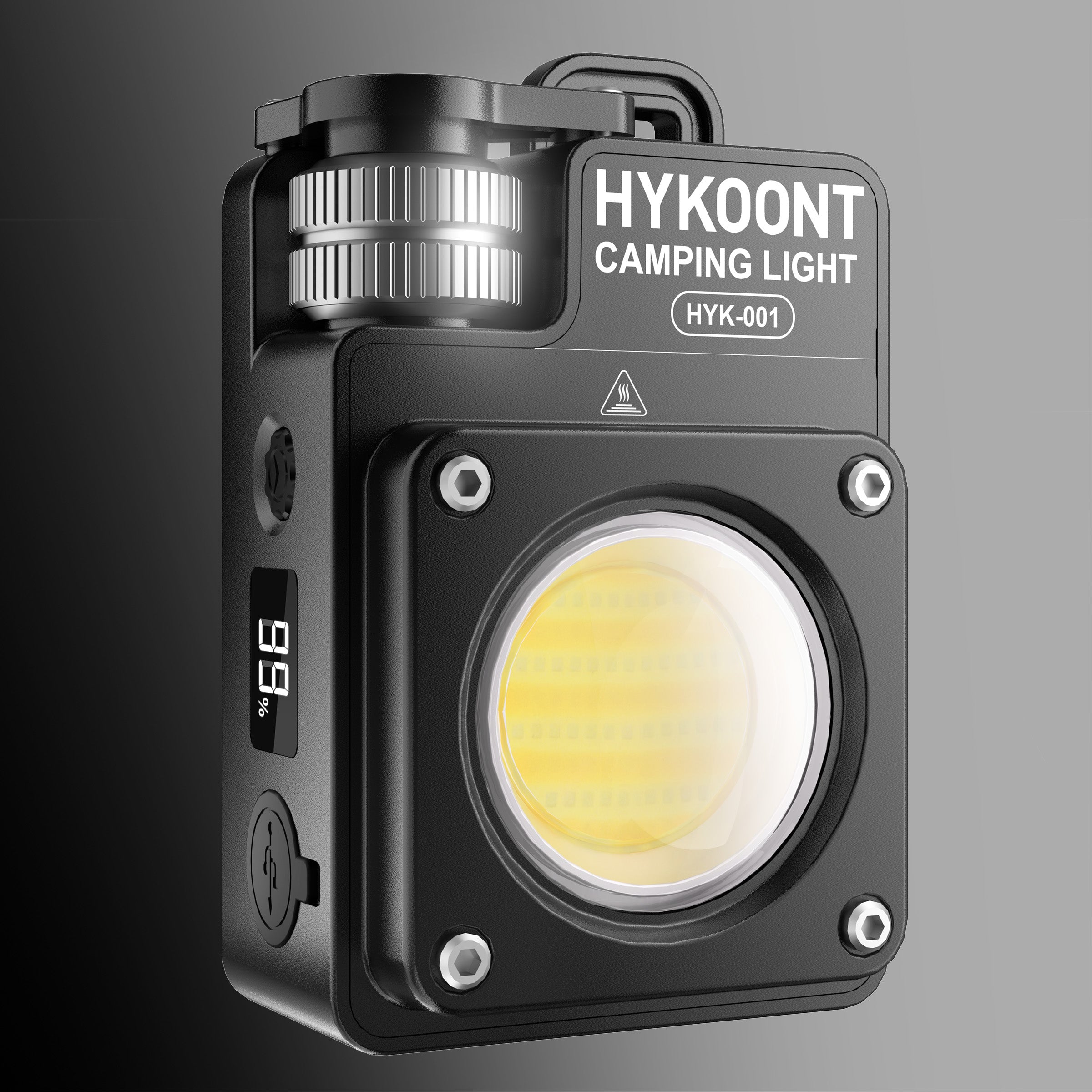
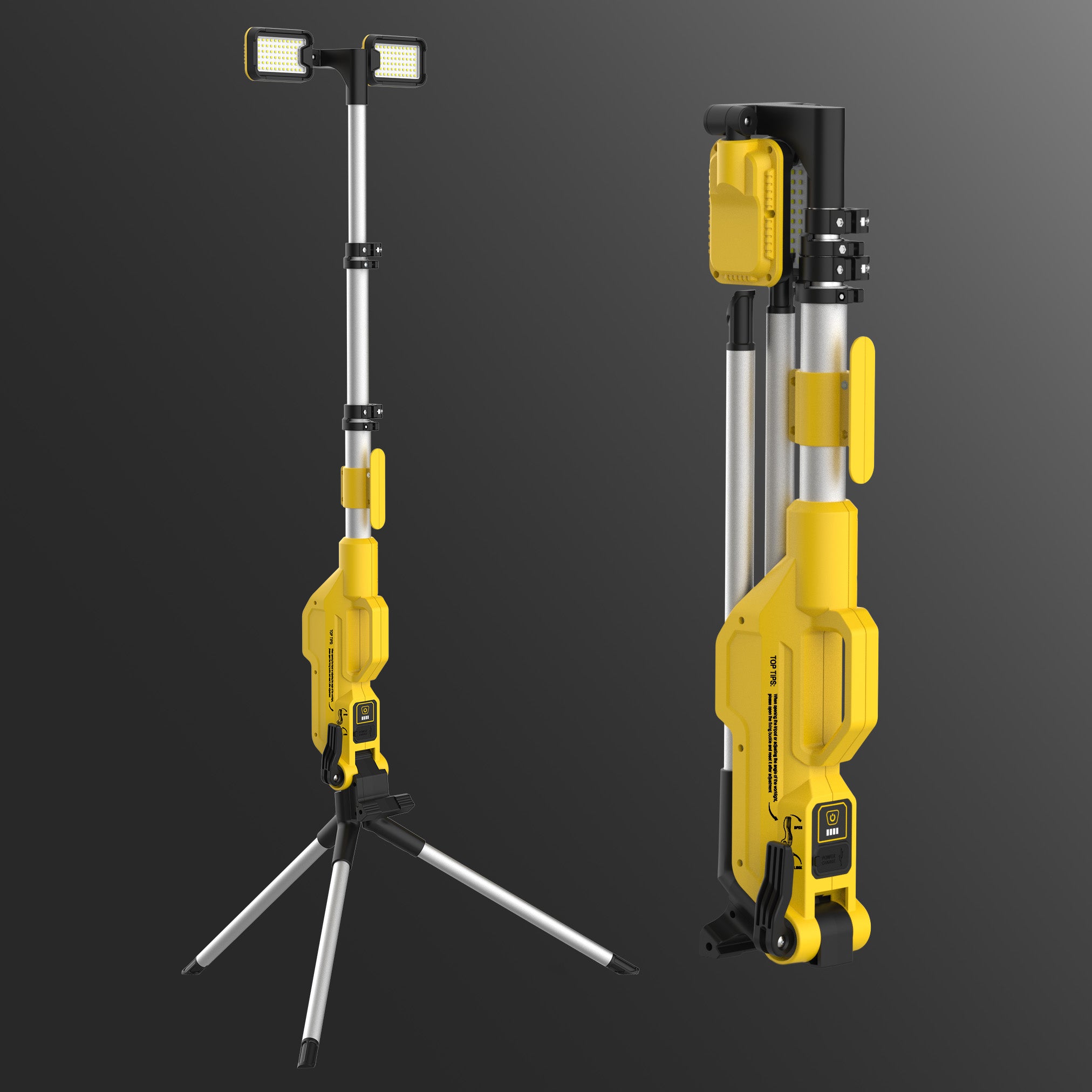
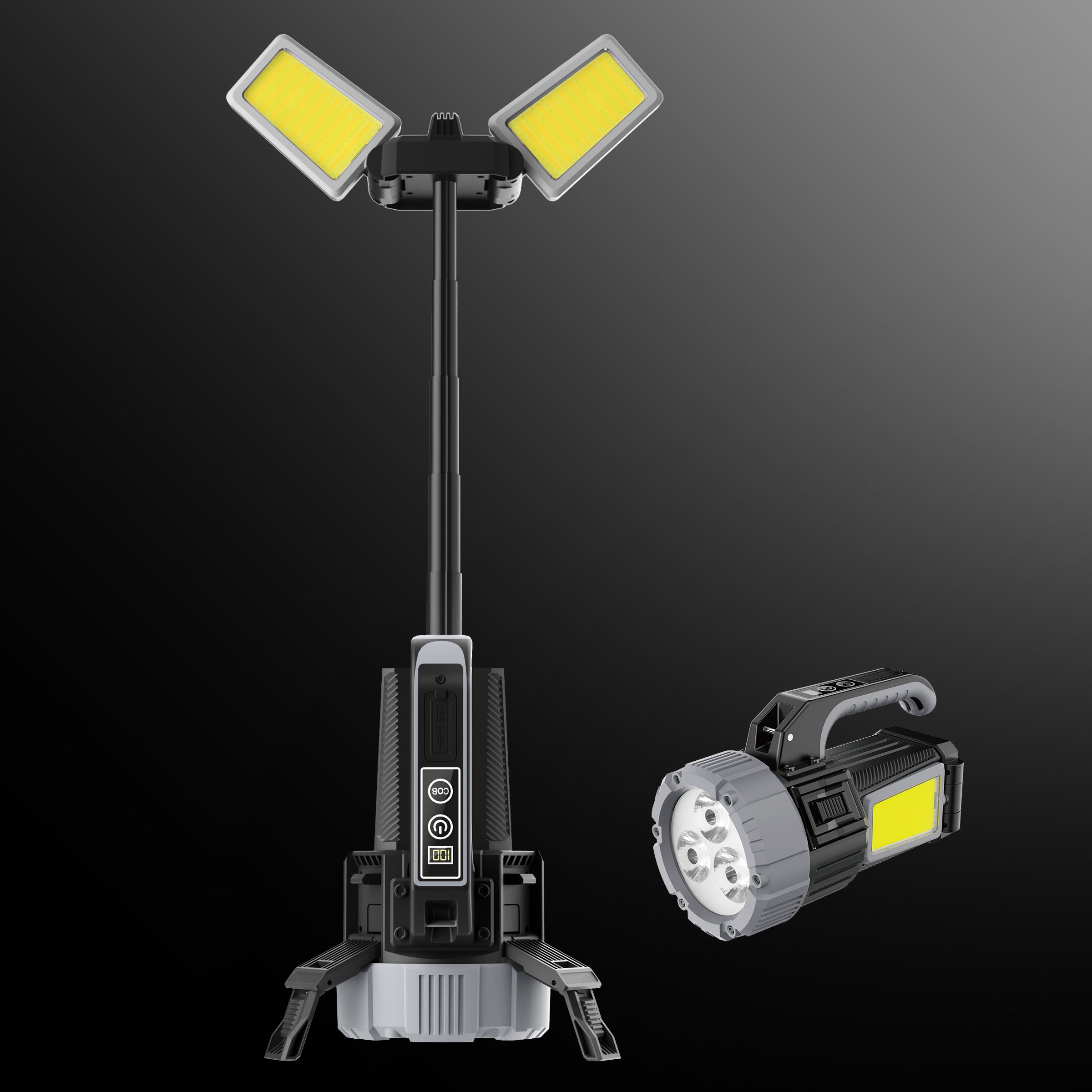



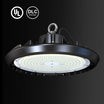
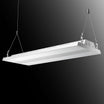


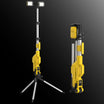
![[BOGO] Hykoont LS018 Multi-Function 2 in 1 Flashlight Portable Extendable Adjustable Brightness CCT Bright](http://hykoont.com/cdn/shop/files/HYK-STDG18-2.jpg?v=1765273877&width=104)
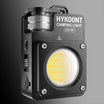
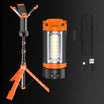

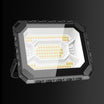

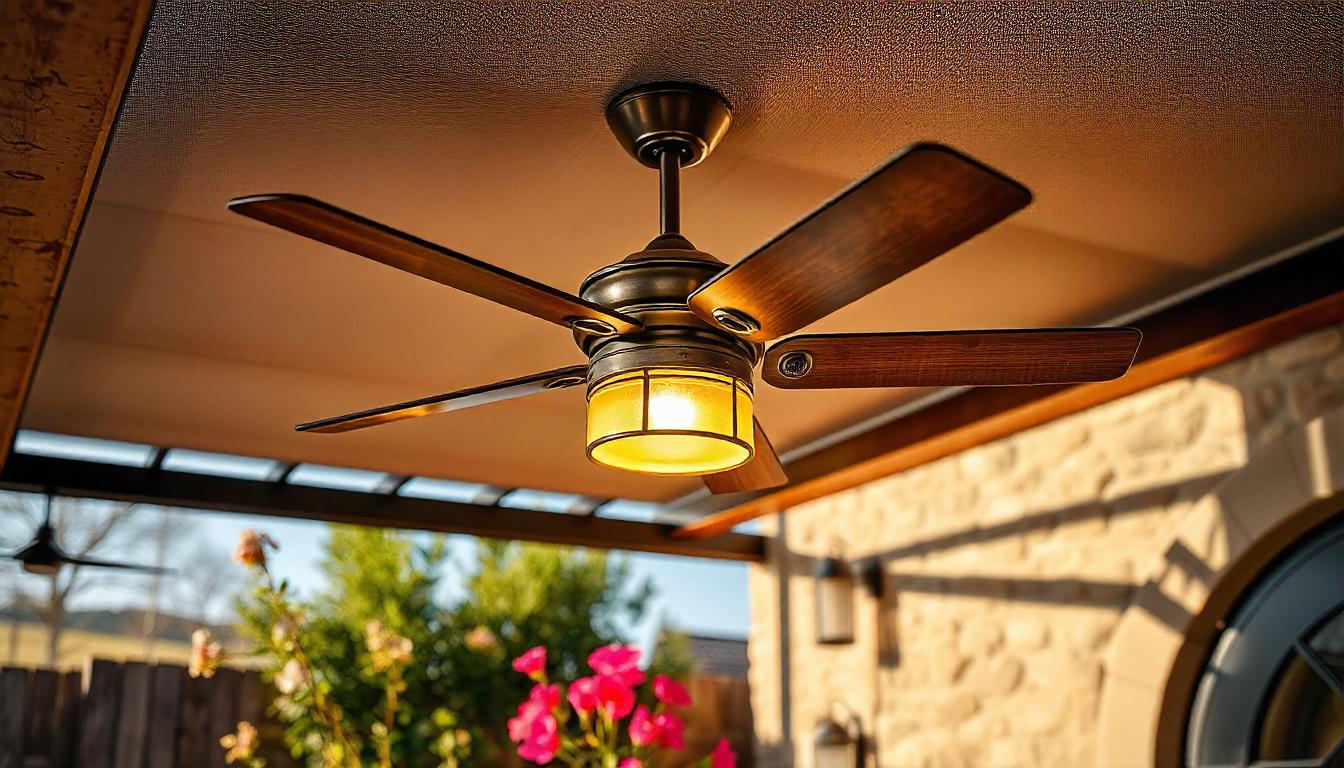

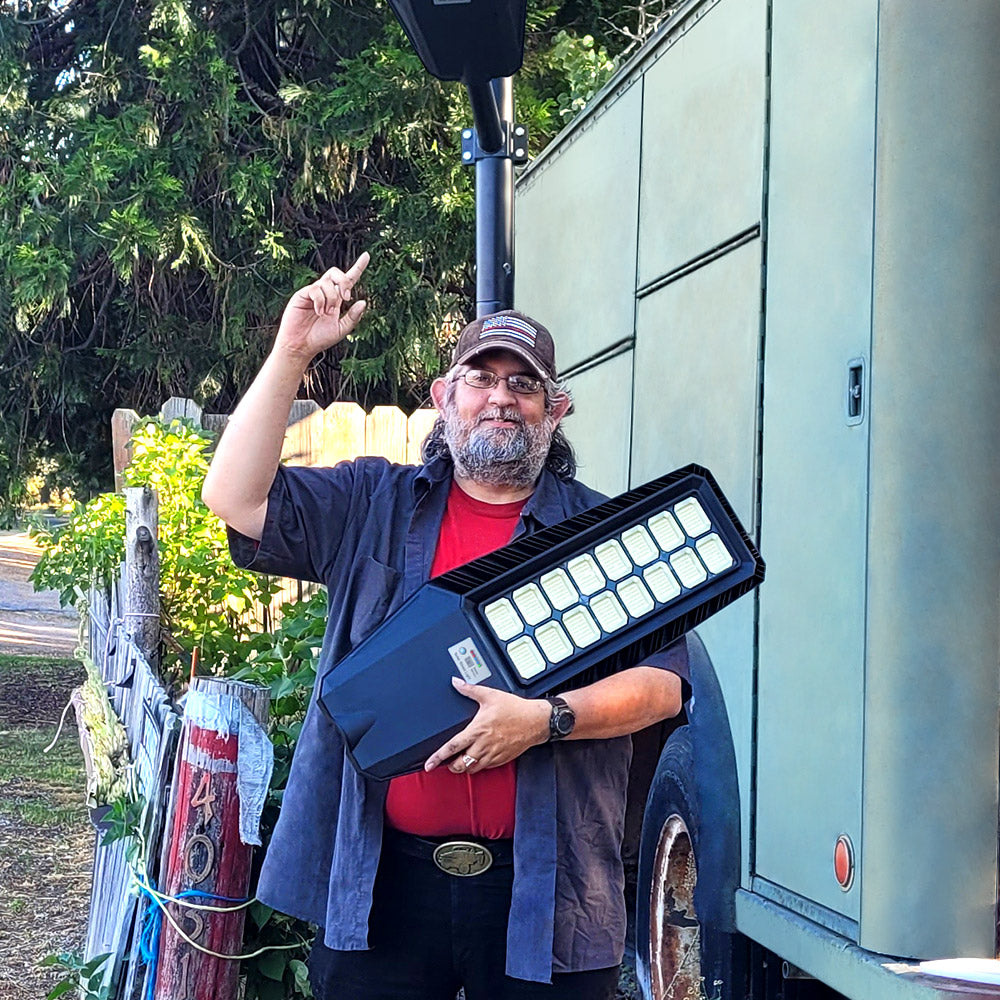

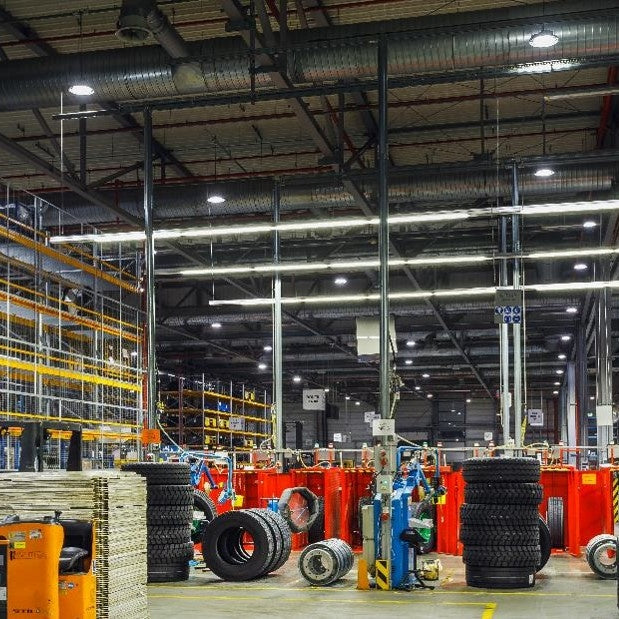
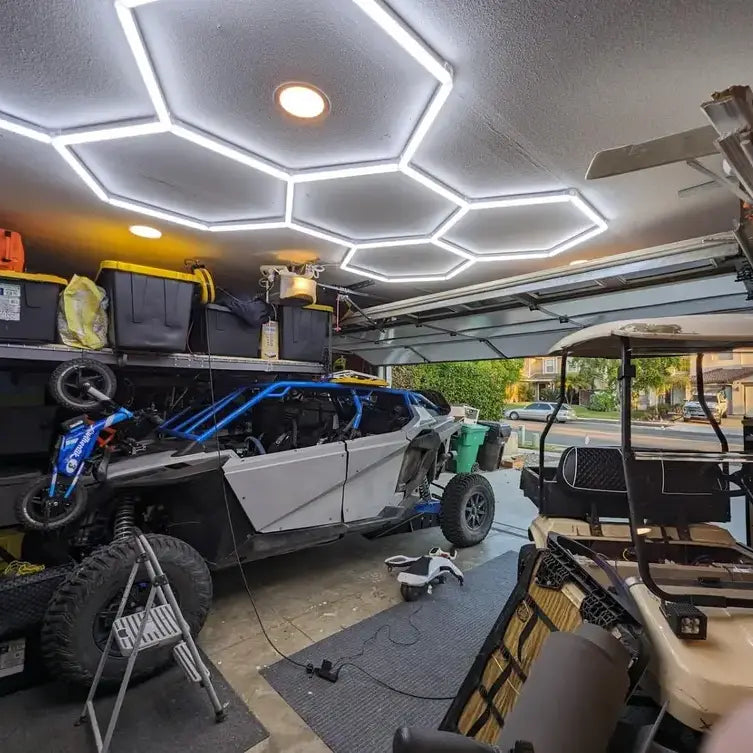
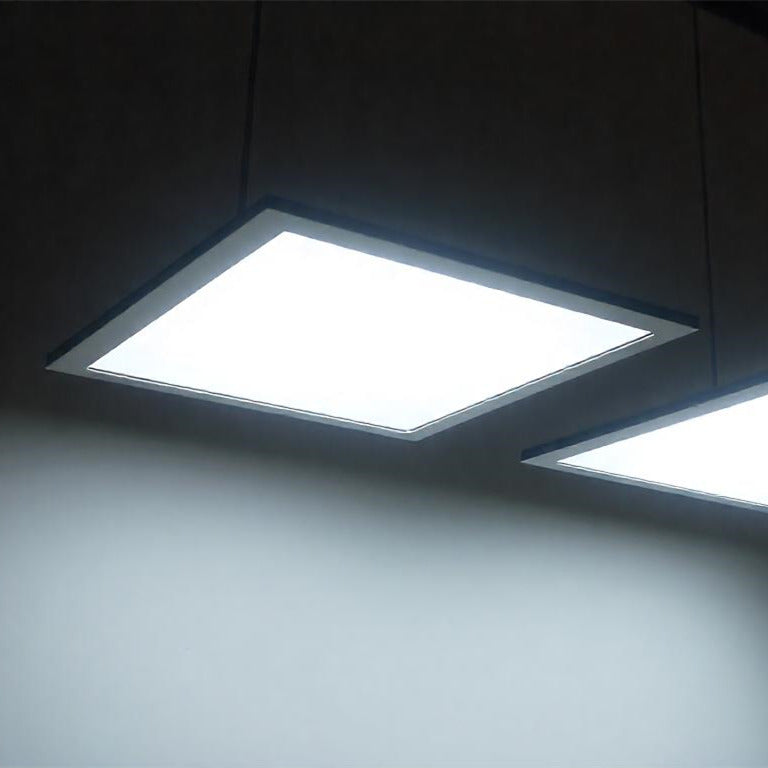
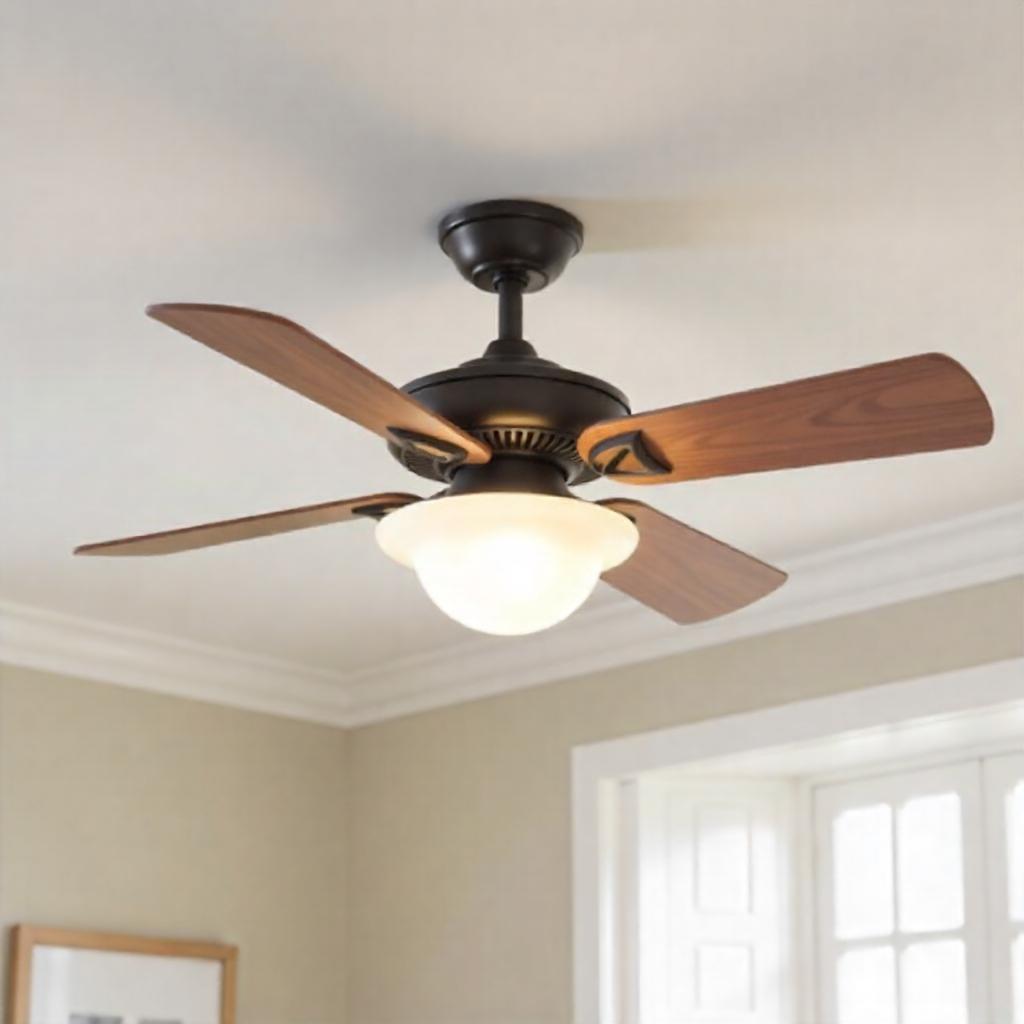
Leave a comment
This site is protected by hCaptcha and the hCaptcha Privacy Policy and Terms of Service apply.